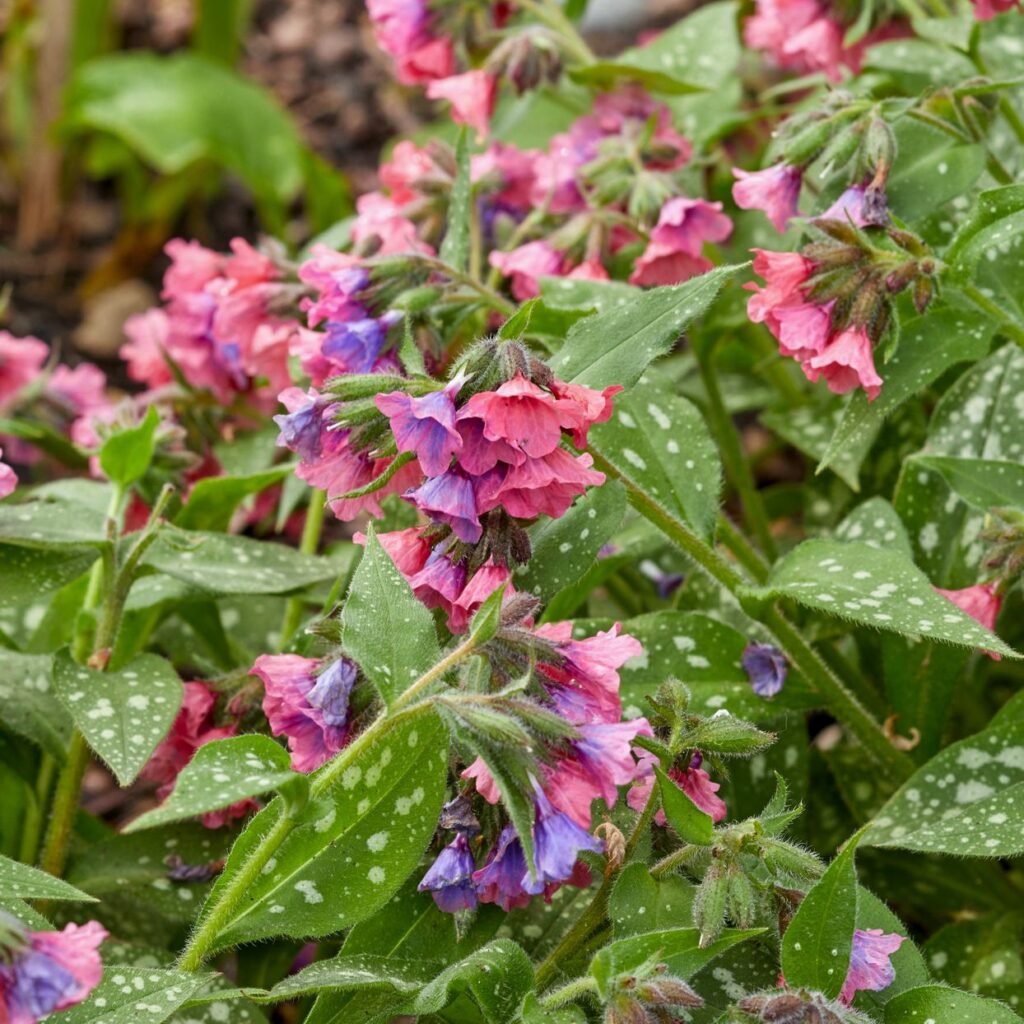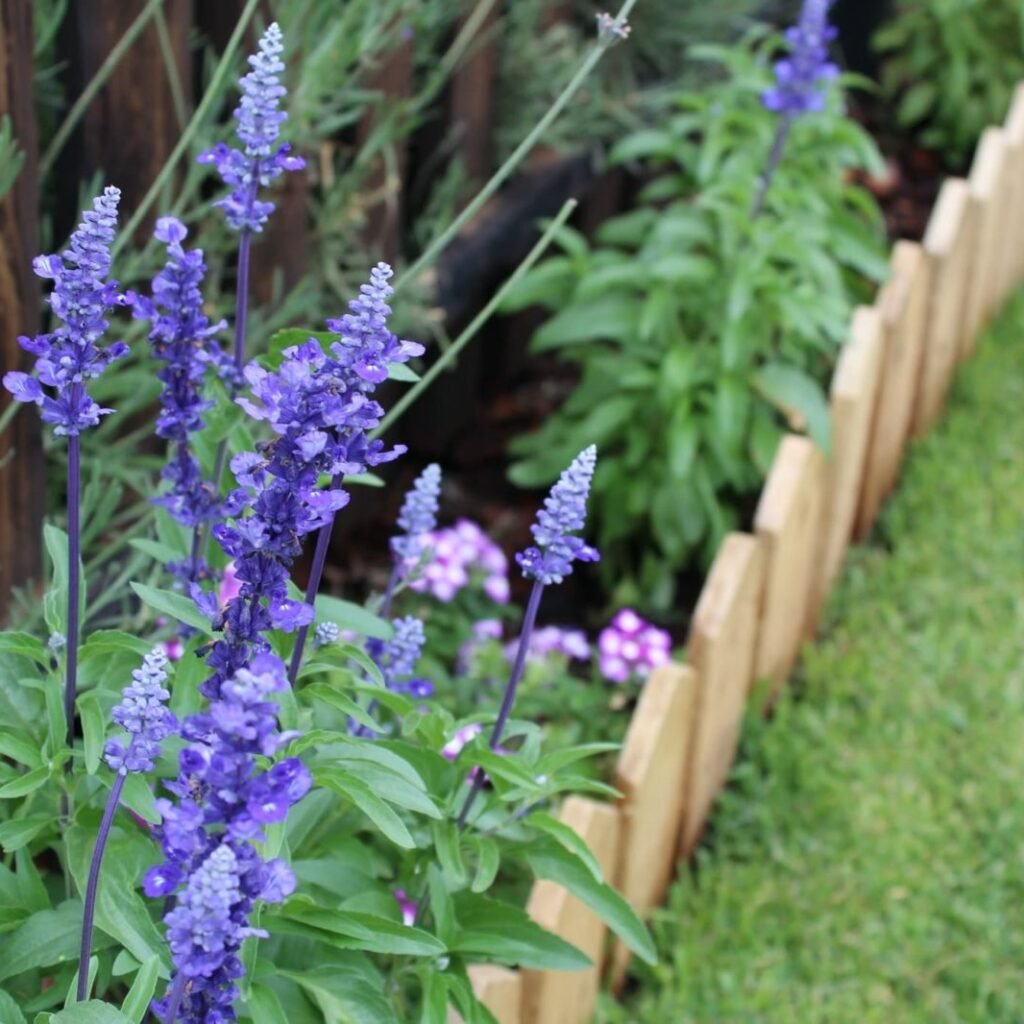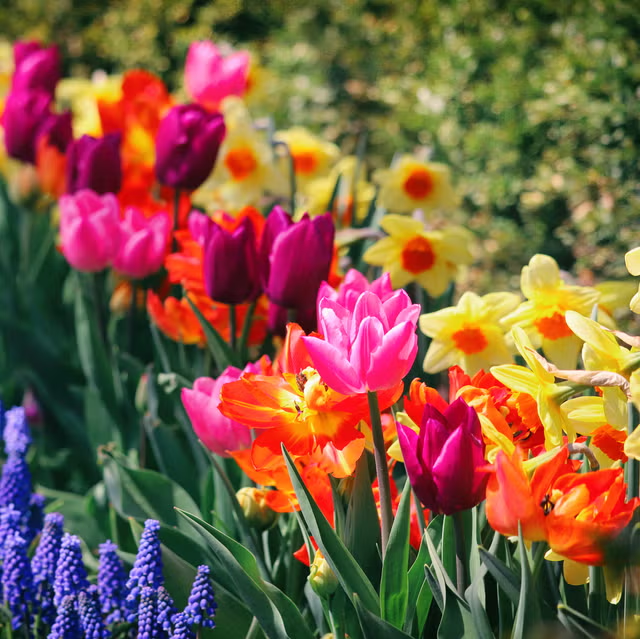Small gardens present unique opportunities and challenges for gardeners. Limited space requires careful selection of plants that maximize beauty, provide structure, and bloom consistently without overwhelming the area. Border flowers are essential in small gardens because they define garden edges, add visual interest, and create a sense of depth and continuity. Choosing the right border flowers ensures that even compact spaces look lush, organized, and vibrant throughout the growing season.
This article provides a comprehensive guide to selecting, planting, and maintaining the best border flowers for small gardens, covering factors such as plant height, bloom duration, foliage texture, and care requirements.
1. Understanding the Role of Border Flowers

Border flowers serve several important functions in small gardens:
- Visual Definition: They create clear edges, separating pathways, lawns, or different planting areas.
- Aesthetic Appeal: Continuous blooms along garden edges enhance color and texture.
- Space Optimization: Compact or low-growing border plants add beauty without encroaching on limited space.
- Habitat Creation: They attract pollinators like bees and butterflies, supporting biodiversity even in small urban gardens.
Understanding these roles helps gardeners choose plants that complement both the garden layout and other planting elements.
2. Criteria for Selecting Border Flowers

Choosing the right border flowers requires careful consideration of several factors:
- Height: For small gardens, select low to medium-height flowers (6–24 inches) to avoid visual overcrowding.
- Spread: Compact, well-behaved plants prevent crowding and reduce the need for constant pruning.
- Bloom Duration: Prefer plants with long flowering periods or successive blooms for continuous color.
- Maintenance: Low-maintenance plants save time and keep small gardens neat.
- Climate Adaptation: Choose species suited to local temperature, sunlight, and soil conditions.
Evaluating these factors ensures a cohesive and sustainable garden design.
3. Top Border Flowers for Small Gardens

A. Lavender (Lavandula spp.)
- Height/Spread: 12–18 inches tall, 18–24 inches wide
- Features: Fragrant purple flowers, silvery-green foliage
- Benefits: Drought-tolerant, attracts pollinators, evergreen in mild climates
- Care Tips: Requires full sun and well-drained soil; prune lightly after flowering to maintain shape
B. Marigolds (Tagetes spp.)
- Height/Spread: 6–18 inches tall, compact habit
- Features: Bright yellow, orange, or bi-colored blooms
- Benefits: Natural pest deterrent, long blooming period, easy to grow
- Care Tips: Plant in full sun; deadhead regularly for continuous flowering
C. Salvia (Salvia spp.)
- Height/Spread: 12–24 inches tall, 12–18 inches wide
- Features: Spikes of purple, red, or blue flowers
- Benefits: Attracts bees and butterflies, drought-tolerant once established
- Care Tips: Needs full sun; cut back after flowering to promote rebloom
D. Alyssum (Lobularia maritima)
- Height/Spread: 4–6 inches tall, spreads up to 12 inches
- Features: Tiny, fragrant white, purple, or pink blooms
- Benefits: Excellent ground cover, fills gaps between taller plants, attracts pollinators
- Care Tips: Thrives in full sun to partial shade; trim occasionally to encourage fresh blooms
E. Pansies (Viola tricolor var. hortensis)
- Height/Spread: 6–9 inches tall, 6–12 inches wide
- Features: Large, colorful blooms with striking patterns
- Benefits: Cool-season flowering, ideal for seasonal color in spring and fall
- Care Tips: Prefers full to partial sun; regular watering and deadheading enhance performance
F. Boxwood (Buxus spp.)
- Height/Spread: 12–24 inches tall, naturally dense and compact
- Features: Evergreen foliage provides structure year-round
- Benefits: Adds formal definition to borders, low-maintenance once established
- Care Tips: Prune lightly to maintain shape; grows best in well-drained soil with partial to full sun
G. Coreopsis (Coreopsis spp.)
- Height/Spread: 12–18 inches tall, 12–24 inches wide
- Features: Bright yellow, daisy-like blooms
- Benefits: Long flowering season, attracts butterflies, tolerant of poor soils
- Care Tips: Plant in full sun; deadhead spent flowers to encourage continued blooming
H. Sweet Alyssum & Creeping Phlox
- Height/Spread: 4–6 inches tall, spreads up to 18 inches
- Features: Masses of tiny flowers in white, pink, purple
- Benefits: Excellent for filling edges and creating a low carpet of color
- Care Tips: Prefers full sun; trim after flowering to encourage a fresh flush
4. Planting Techniques for Small Garden Borders

A. Layering
- Arrange taller plants toward the back and shorter ones at the front for visual depth.
- Alternating flower colors and textures adds interest and prevents monotony.
B. Succession Planting
- Combine early, mid, and late-season bloomers to ensure continuous color along borders.
- Stagger plantings of annuals every 2–3 weeks to extend the flowering period.
C. Companion Planting
- Mix perennials and annuals to maintain interest year-round.
- Select pollinator-friendly combinations to support biodiversity.
D. Container Borders
- For extremely small gardens, consider using containers to define borders.
- Containers allow mobility, easy soil control, and layering of multiple flowering types.
5. Soil Preparation and Fertilization

Healthy soil promotes robust border flowers:
- Soil Type: Most border flowers prefer well-drained, fertile soil.
- Organic Matter: Add compost or leaf mold to improve texture, fertility, and water retention.
- Fertilization: Apply slow-release fertilizer at planting; supplement with liquid feed during peak bloom.
- Mulching: Use organic mulch to retain moisture, suppress weeds, and regulate soil temperature.
Proper soil care ensures dense foliage, abundant flowers, and reduced maintenance.
6. Watering Practices for Small Borders
- Regular Moisture: Keep soil evenly moist but not waterlogged.
- Drip Irrigation: Ideal for narrow borders to reduce water waste and prevent foliage diseases.
- Watering Timing: Early morning watering minimizes evaporation and fungal risks.
Consistent watering supports healthy root systems and prolonged flowering.
7. Pruning, Deadheading, and Maintenance
Maintaining tidy borders encourages bushy growth and continuous flowering:
- Deadheading: Remove spent blooms from annuals like marigolds and pansies to stimulate new growth.
- Pruning: Trim perennials lightly to maintain shape and prevent legginess.
- Pest Management: Monitor for aphids, slugs, and fungal infections; treat promptly to avoid damage.
Ongoing maintenance ensures vibrant and compact borders throughout the season.
8. Maximizing Space and Visual Appeal
In small gardens, space optimization is critical:
- Plant in Groups: Mass planting creates the illusion of a larger, more colorful border.
- Contrasting Colors: Use complementary or analogous colors for visual interest and depth.
- Texture Variation: Mix foliage textures (e.g., fine-leaved lavender with broad-leaved pansies) for a dynamic, layered appearance.
Creative arrangements make borders stand out without overwhelming small garden areas.
9. Seasonal Considerations
- Spring Borders: Use tulips, pansies, alyssum, and early perennials for vibrant early-season color.
- Summer Borders: Marigolds, salvias, and coreopsis thrive in full sun and heat.
- Autumn Borders: Add chrysanthemums, ornamental kale, and asters to extend visual appeal.
- Winter Interest: Evergreen borders like boxwood or heather provide structure when flowers are dormant.
Seasonal planning ensures year-round appeal, even in compact gardens.
10. Benefits of Thoughtful Border Planting
- Enhanced Aesthetic Appeal: Borders provide definition, structure, and continuous color.
- Space Efficiency: Compact, layered plantings make small gardens look full and well-designed.
- Pollinator Support: Flowering borders attract beneficial insects, improving overall garden health.
- Low Maintenance: Selecting well-suited plants reduces frequent interventions while maintaining beauty.
Well-planned borders transform small gardens into visually engaging, productive, and sustainable spaces.
11. Common Challenges and Solutions
- Overcrowding: Leads to poor airflow and disease. Solution: Space plants appropriately and thin overcrowded areas.
- Leggy Growth: Often caused by insufficient light or uneven watering. Solution: Ensure full sun exposure and consistent moisture.
- Short Bloom Duration: Select long-flowering species and practice deadheading to extend flowering periods.
- Pest Pressure: Monitor regularly and use organic treatments to prevent damage.
Addressing these challenges ensures healthy, full, and vibrant borders.
12. Conclusion
Border flowers are the key to defining and beautifying small gardens, creating structure, continuity, and color that enhances the entire landscape. By carefully selecting species that are compact, long-blooming, and low-maintenance, and by implementing best practices in planting, soil care, watering, pruning, and seasonal planning, gardeners can maintain dense, vibrant, and sustainable borders.
Strategic layering, companion planting, and thoughtful design allow even small spaces to feel full, lush, and visually dynamic, providing months of enjoyment. Incorporating evergreens or late-season bloomers extends interest through winter and autumn, ensuring that the border remains an attractive focal point year-round.
Ultimately, successful border planting combines knowledge, planning, and regular care. When executed correctly, it transforms a small garden into a compact paradise, showcasing vibrant blooms, attracting pollinators, and maximizing the beauty of every inch of space.

Leave A Comment